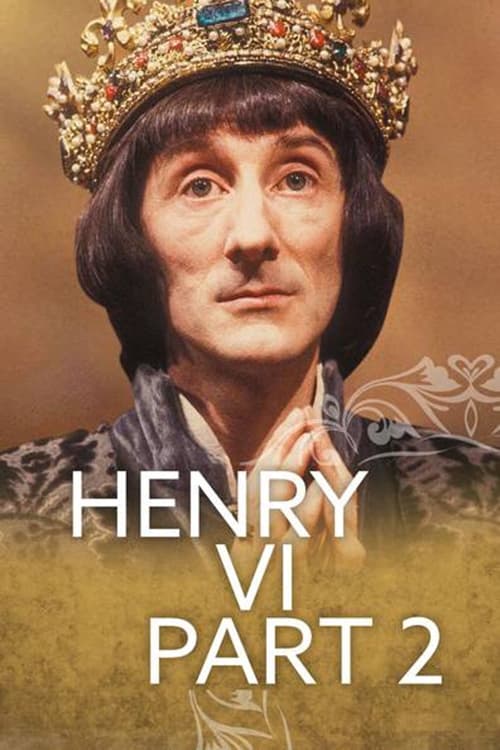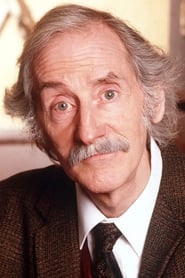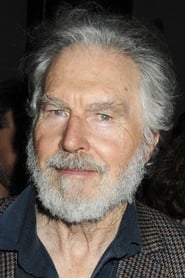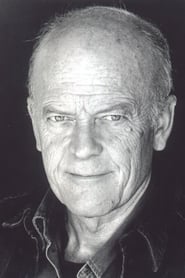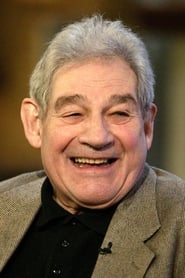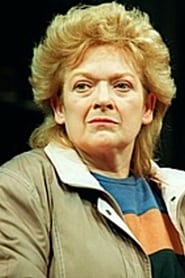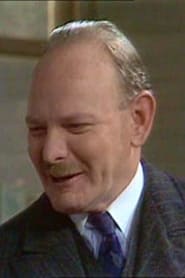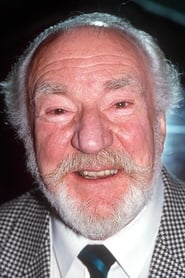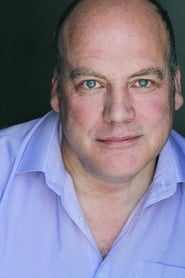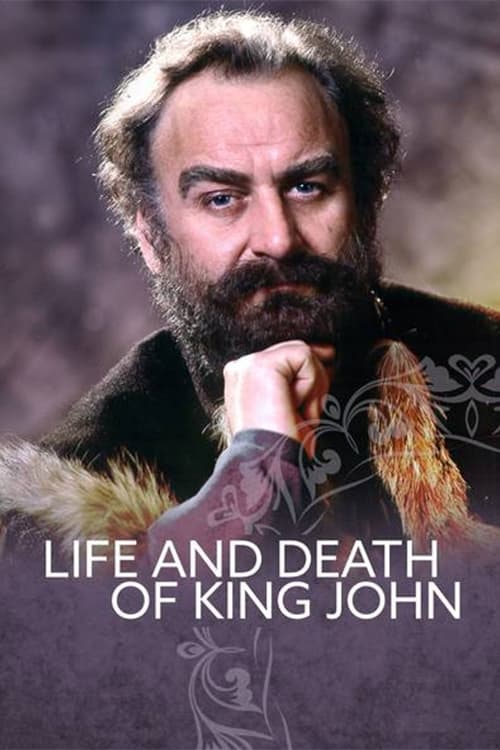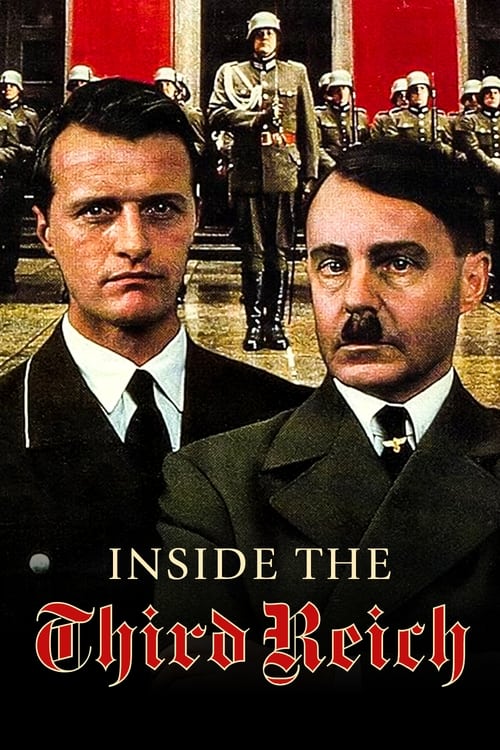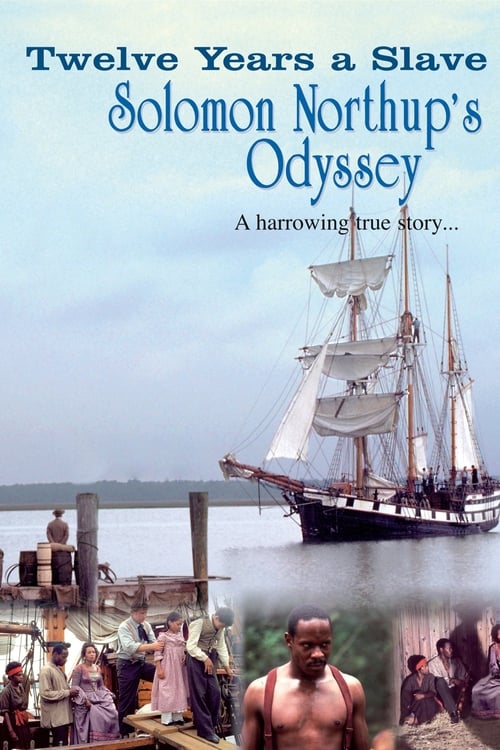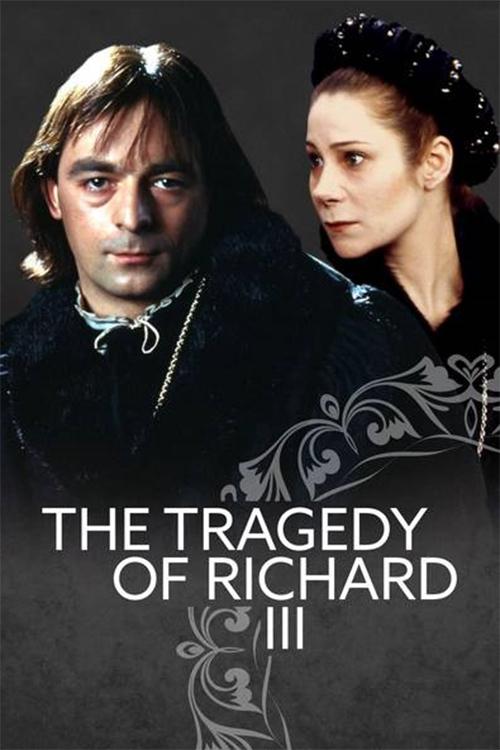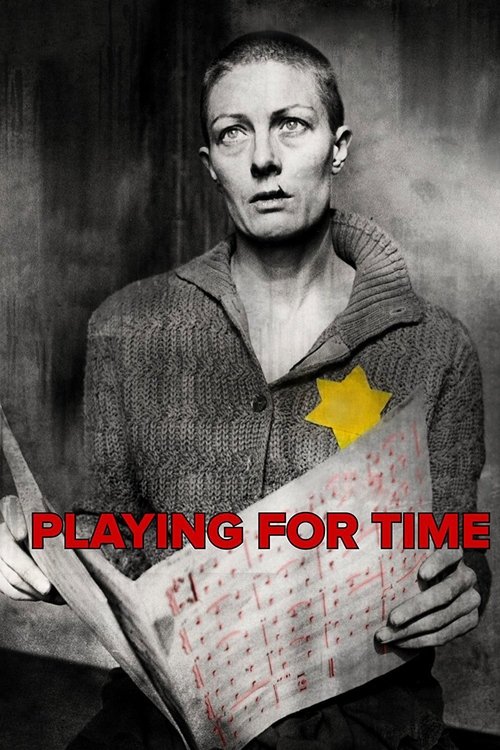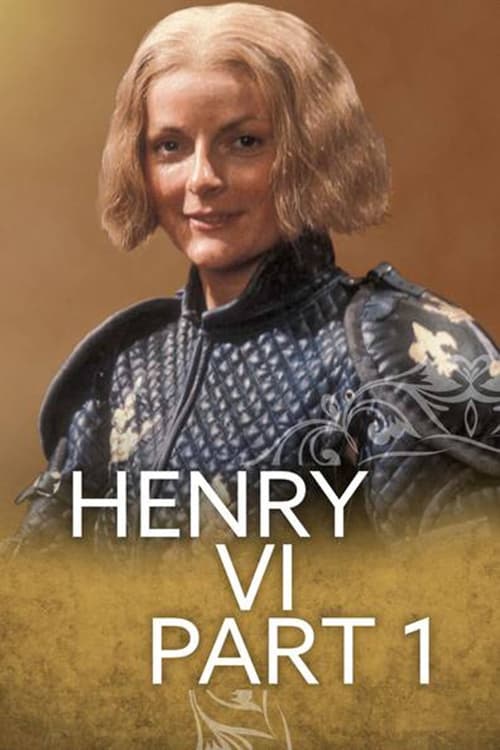
Ask Your Own Question
What is the plot?
The English court is a place of hushed whispers and simmering resentment, the air thick with the weight of recent loss and the uncertainty of a new reign. King Henry VI, still young and impressionable, sits upon the throne, his face pale and drawn as he listens to the murmurs of his nobles. The great warrior-king Henry V is dead, and his brother, the Duke of Gloucester--Humphrey--stands beside the king, loyal but burdened by the task of protecting his nephew from the wolves circling the throne. The court is fractured, the nobles divided, and the memory of French victories hangs over them all like a curse.
It is here, in the heart of royal power, that the Duke of Suffolk--William de la Pole--steps forward, his eyes gleaming with ambition. He presents to the court the new Queen, Margaret of Anjou, a woman of sharp wit and sharper ambition. Suffolk's voice is smooth as he recounts how he arranged the marriage, securing Margaret's hand for Henry in exchange for ceding French territories to her father. The nobles exchange glances, their anger barely concealed. "O peers of England, shameful is this league, / Fatal this marriage, cancelling your fame," Gloucester mutters, his voice heavy with foreboding. The marriage is not just a union of two people--it is a surrender, a wound to England's pride, and the first crack in the foundation of Henry's rule.
Margaret, standing beside Suffolk, feels the weight of their stares. She is not welcomed; she is tolerated, and she knows it. Suffolk, her confidant and secret lover, leans close and whispers, "None of the nobles respect you, my queen. And Eleanor--she is the worst." Eleanor, Duchess of Gloucester, is Humphrey's wife, a woman whose ambitions stretch far beyond her station. Suffolk's words are not just comfort--they are a promise, a plan. He has already begun to weave a web of intrigue, one that will ensnare the Gloucesters and clear the path for his own rise.
In the privacy of Gloucester's home, Eleanor dreams of crowns and thrones. She consults a witch, seeking a prophecy that will confirm her destiny. The witch summons a spirit, and the words that follow are chilling: "King Henry shall not live long, and Suffolk shall die by water." Eleanor's heart races with hope, but Gloucester, ever cautious, tries to shut down her fantasies. "Our high position is plenty good enough," he warns, but the seed of ambition has already taken root.
Suffolk's plot unfolds swiftly. He maneuvers Eleanor into a trap, ensuring that her visit to the witch is discovered. York--Richard Plantagenet, Duke of York--arrives with his allies, Warwick and Salisbury, and the scene is exposed. The witch is arrested, and Eleanor is taken into custody. The news reaches the royal hunting party at their lodge, where Henry, Margaret, Gloucester, and the nobles are gathered. The mood shifts instantly. Gloucester's face is ashen as he hears of his wife's arrest. York seizes the moment, revealing his lineage to Warwick and Salisbury. "I have a right to be king," he declares, and the two nobles nod in agreement. The seeds of rebellion are sown.
Henry, shaken by the news, orders the witch put to death, but Eleanor is spared execution. Instead, she is condemned to a public walk of shame through the streets of London, a spectacle designed to humiliate her and, by extension, her husband. Gloucester watches as his wife is paraded before the jeering crowds, her dignity stripped away. She berates him, her voice breaking with rage and sorrow. "You allowed this to happen," she cries, and Gloucester pleads with her guards to be kind to her. The moment is a turning point--Gloucester's power is eroding, and Margaret's influence grows.
Henry, under pressure from Margaret and the court, strips Gloucester of his title as Protector. "I shall rule utterly on my own," he announces, but the words ring hollow. Margaret's delight is palpable. She knows that without Gloucester, the path to power is clearer. Suffolk, emboldened, begins to move against Gloucester directly. He conspires with Cardinal Beaufort and others, plotting the Duke's downfall. The court is a stage for betrayal, and every word is a dagger.
Gloucester, now isolated and vulnerable, is murdered in his bed. Suffolk's agents--Beaufort and others--smother him, silencing the last true obstacle to their ambitions. The news spreads like wildfire, and the court is thrown into chaos. Suffolk, though triumphant, is not safe. The commons rise up, demanding justice, and Henry is forced to banish Suffolk from the realm. "You are banished," Henry declares, his voice trembling with a mixture of fear and resolve. Suffolk departs, but his fate is sealed. At sea, he is captured by pirates, who execute him by beheading--fulfilling the witch's prophecy that he would "die by water." His head is delivered to Margaret, a gruesome symbol of the consequences of court intrigue.
Cardinal Beaufort, haunted by guilt over Gloucester's murder, dies off-screen, raving in madness. The court is a place of ghosts, and the air is thick with the scent of blood and betrayal.
Meanwhile, in Kent, a new threat emerges. Jack Cade, a Kentish rebel, leads a popular uprising against the crown. His proclamations rally the common people, and his army marches on London. The rebellion is chaotic, marked by violence and the killing of officials. Lord Say, a loyal servant of the crown, is murdered by Cade's rebels. The streets of London are filled with chaos, but the rebellion is short-lived. Cade's supporters desert him, and he flees, starving, into the garden of Alexander Iden, a Kentish gentleman. There, in a final confrontation, Cade is killed by Iden, his body left to rot in the dirt.
The true nature of Cade's rebellion is revealed--York had secretly instigated it, using Cade as a pawn to test public support for his claim to the throne. The revelation is a shock, but it only strengthens York's resolve. He returns from Ireland, where he had been sent to quell rebellion, and raises an army. His claim to the throne is no longer a secret; it is a declaration of war.
The stage is set for the final confrontation. The Battle of St. Albans is a brutal clash between the forces of York and the loyalists of Henry. The air is thick with the smell of blood and smoke, and the cries of the dying echo across the battlefield. York's son, Richard, Duke of York, kills Somerset in a fierce duel, avenging past wrongs. York himself slays Lord Clifford, cutting down the man who had stood in his way for so long. The Lancastrian forces are routed, and Henry, distraught and broken, is persuaded by Margaret to flee the battlefield. "We must go to London," she urges, her voice filled with desperation. Young Clifford, the son of the slain Lord Clifford, vows revenge on the Yorkists for the death of his father.
The play ends with the Yorkists--York, Edward, Richard, Warwick, and Salisbury--setting out in pursuit of Henry, Margaret, and Clifford. The country is now openly divided, and civil war is inevitable. The final scenes are tense and foreboding, with the Yorkists in pursuit and the future of England hanging in the balance. Henry's flight symbolizes the collapse of Lancastrian authority, and the stage is set for the next chapter in the Wars of the Roses.
The adaptation remains faithful to Shakespeare's text, emphasizing the tragic consequences of weak leadership and unchecked ambition. The court is a place of shadows and secrets, where every alliance is fragile and every word is a weapon. The deaths of Gloucester, Suffolk, Somerset, Clifford, and Cade are not just the end of individuals--they are the end of an era, the beginning of a new age of blood and fire. The final moments are a testament to the fragility of power and the inevitability of change, as the Yorkists march toward London and the future of England is rewritten in blood.
More Movies Like This
Browse All Movies →What is the ending?
In the ending of the movie "Henry VI Part 2," the conflict escalates as the factions of York and Lancaster clash. The power struggle culminates in a series of battles, leading to the eventual downfall of key characters. The Yorkists gain strength, while King Henry VI's reign becomes increasingly unstable. The film concludes with the rise of Richard, Duke of York, and the foreshadowing of further conflict.
As the final act unfolds, the tension between the Yorkists and Lancastrians reaches a boiling point. The scene opens with the Yorkists, led by Richard, Duke of York, preparing for battle. Richard's ambition is palpable; he is determined to claim the throne for himself and his lineage. His resolve is mirrored in the faces of his supporters, who are eager for change and disillusioned with King Henry VI's inability to maintain peace.
The camera shifts to King Henry VI, who is depicted as increasingly frail and overwhelmed by the chaos surrounding him. His internal struggle is evident as he grapples with the loss of control over his kingdom. He is torn between his desire for peace and the reality of the civil war that is tearing England apart. His wife, Queen Margaret, stands by him, fiercely loyal yet increasingly frustrated with his indecisiveness. She embodies the fierce spirit of the Lancastrian cause, rallying her supporters with passionate speeches, but her desperation grows as the Yorkists gain ground.
The battle scenes are intense and chaotic, filled with the sounds of clashing swords and the cries of soldiers. The cinematography captures the brutality of war, with close-ups of the characters' faces revealing their fear, determination, and desperation. Richard's strategic mind shines through as he leads his troops with confidence, while the Lancastrians, despite their bravery, begin to falter under the weight of the Yorkist onslaught.
As the dust settles from the battles, the fate of the main characters becomes clear. Richard, Duke of York, emerges victorious, but his triumph is bittersweet. He has gained power, yet the cost of war weighs heavily on him. His ambition has set the stage for further conflict, and the audience senses that this is only the beginning of a much larger struggle for the throne.
King Henry VI, despite his efforts to maintain peace, is left in a precarious position. His authority is undermined, and he is forced to confront the reality that his reign is crumbling. The emotional toll of his failures is evident as he realizes that he may never regain the stability he once had.
Queen Margaret, fierce and unyielding, vows to continue fighting for her husband's claim to the throne. Her character is a study in resilience, and her determination to protect her family's legacy is palpable. However, the audience is left with the understanding that her path will be fraught with challenges as the Yorkists grow stronger.
The film concludes with a sense of foreboding, as the characters are left to grapple with the consequences of their ambitions and the ongoing conflict. The final scenes foreshadow the tumultuous events that will follow, setting the stage for the next chapter in this tragic tale of power, betrayal, and the relentless pursuit of the crown.
Is there a post-credit scene?
The movie "Henry VI Part 2," produced in 1983, does not contain a post-credit scene. The film concludes without any additional content after the credits roll, focusing instead on the dramatic events and character arcs throughout the narrative. The story wraps up with the intense political and personal conflicts that define the play, leaving the audience to reflect on the turmoil and the fates of the characters involved.
What role does Jack Cade play in the story of Henry VI Part 2?
Jack Cade emerges as a charismatic leader of a rebellion against the corrupt government of King Henry VI. He represents the discontent of the common people and rallies them to rise against the nobility. Cade's motivations stem from a desire for justice and reform, but his methods become increasingly violent and chaotic as the rebellion unfolds. His character embodies the struggle between the ruling class and the commoners, showcasing the desperation and anger of the populace.
How does the relationship between King Henry VI and Queen Margaret evolve throughout the film?
King Henry VI's relationship with Queen Margaret is complex and tumultuous. Initially, Henry is portrayed as a weak and indecisive ruler, while Margaret is strong-willed and ambitious. As the story progresses, Margaret's influence over Henry grows, pushing him towards more aggressive actions to maintain his throne. Their relationship is marked by tension, as Margaret's ruthless pursuit of power often clashes with Henry's more pacifistic nature, leading to emotional conflicts and a deepening rift between them.
What is the significance of the conflict between the houses of York and Lancaster in Henry VI Part 2?
The conflict between the houses of York and Lancaster is central to the plot of Henry VI Part 2, symbolizing the larger struggle for power in England. The Yorkists, led by Richard, Duke of York, seek to claim the throne, believing they have a stronger claim than the Lancastrians. This rivalry escalates into open warfare, highlighting themes of ambition, betrayal, and the consequences of civil strife. The personal motivations of characters like York and his sons, Edward and Richard, drive the narrative forward, as they navigate alliances and enmities in their quest for power.
How does the character of Richard, Duke of York, develop throughout the film?
Richard, Duke of York, is portrayed as a calculating and ambitious nobleman who believes he is the rightful heir to the throne. His character development is marked by a growing sense of entitlement and determination to claim power. As the story unfolds, York's internal conflict becomes evident; he grapples with the moral implications of his ambition and the violence it entails. His relationships with his sons, particularly Edward and Richard, reveal his desire to secure their futures while also showcasing the familial tensions that arise from their differing approaches to power.
What events lead to the downfall of Jack Cade's rebellion?
Jack Cade's rebellion initially gains momentum as he successfully rallies the common people against the injustices of the ruling class. However, his downfall is precipitated by a series of missteps, including his increasingly erratic behavior and the loss of support from key allies. The turning point comes when Cade's forces are met with a well-organized response from the king's loyalists, leading to a chaotic confrontation. Cade's inability to maintain control over his followers and the brutal suppression of the rebellion ultimately result in his capture and death, illustrating the fragility of popular uprisings.
Is this family friendly?
The 1983 film "Henry VI Part 2" is an adaptation of Shakespeare's play and contains several elements that may be considered objectionable or upsetting for children or sensitive viewers. Here are some aspects to be aware of:
-
Violence and Warfare: The film depicts battles and conflicts, showcasing the brutality of war. There are scenes of fighting, bloodshed, and the aftermath of violence that may be distressing.
-
Death and Betrayal: Characters face betrayal and death, which can evoke strong emotional responses. The portrayal of these themes may be heavy for younger audiences.
-
Political Intrigue: The complex political maneuvering and the darker aspects of ambition and power struggles may be difficult for children to understand and could lead to confusion or discomfort.
-
Emotional Turmoil: Characters experience intense emotional states, including despair, anger, and grief, which may be unsettling for sensitive viewers.
-
Mature Themes: The play addresses themes of madness, ambition, and moral ambiguity, which may not be suitable for younger audiences.
Overall, while the film is a classic adaptation of Shakespeare, its themes and content may not be appropriate for all viewers, particularly children.

